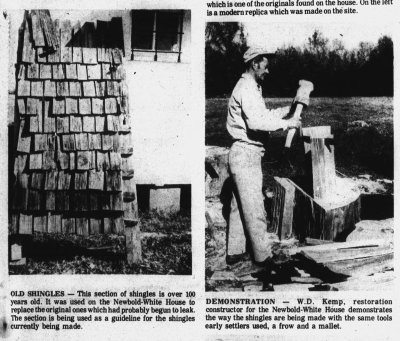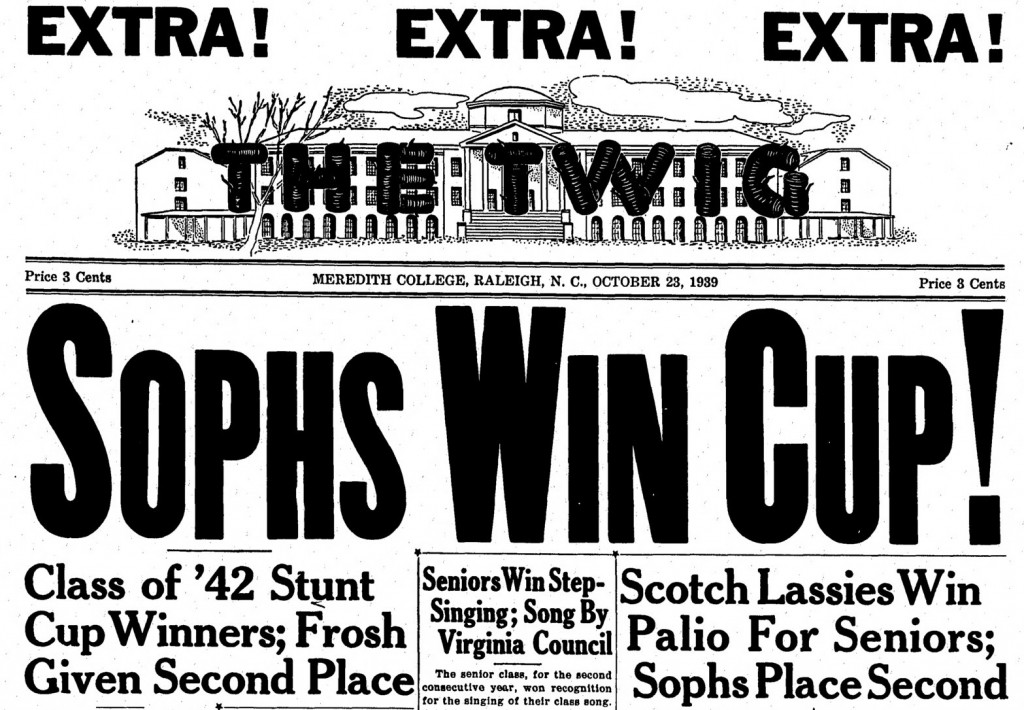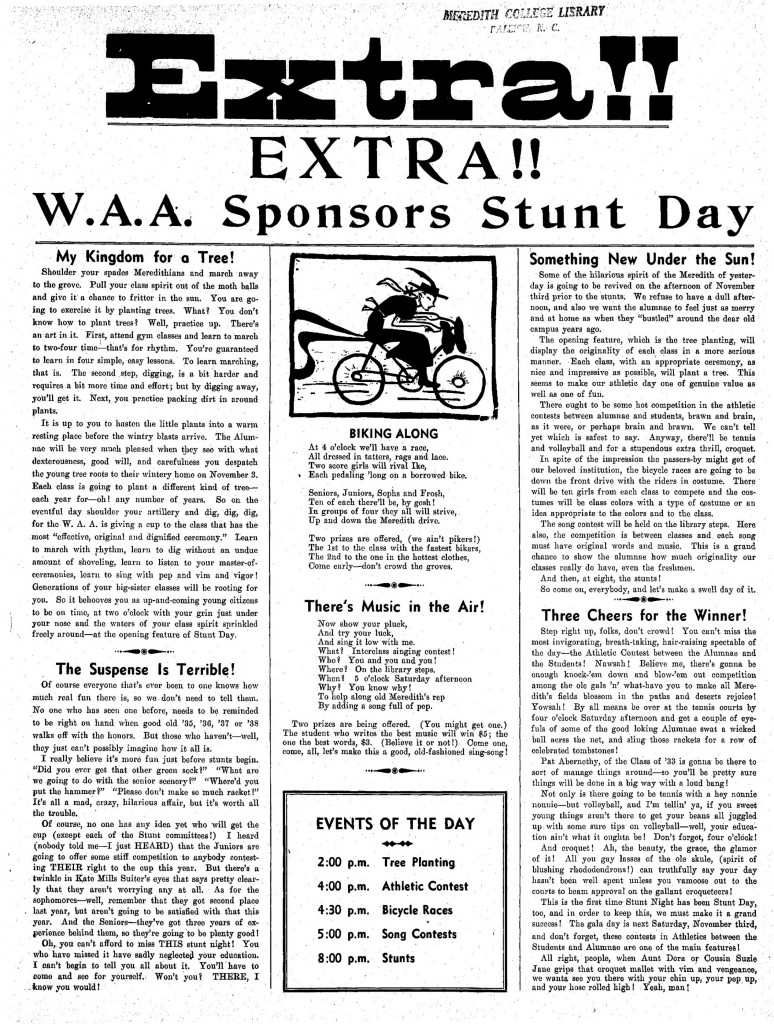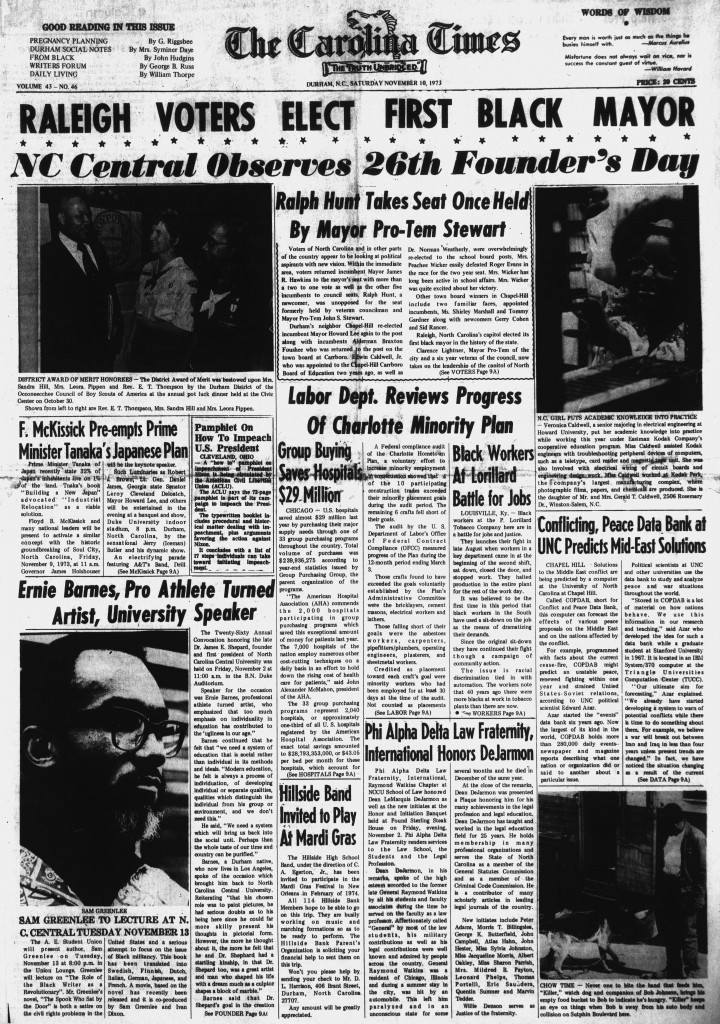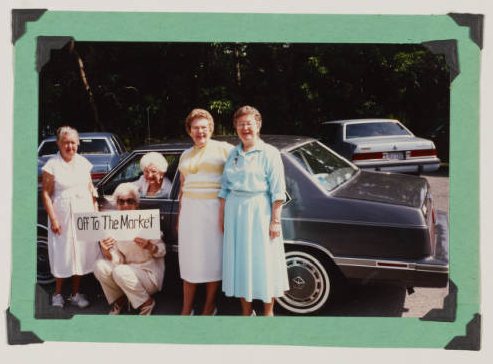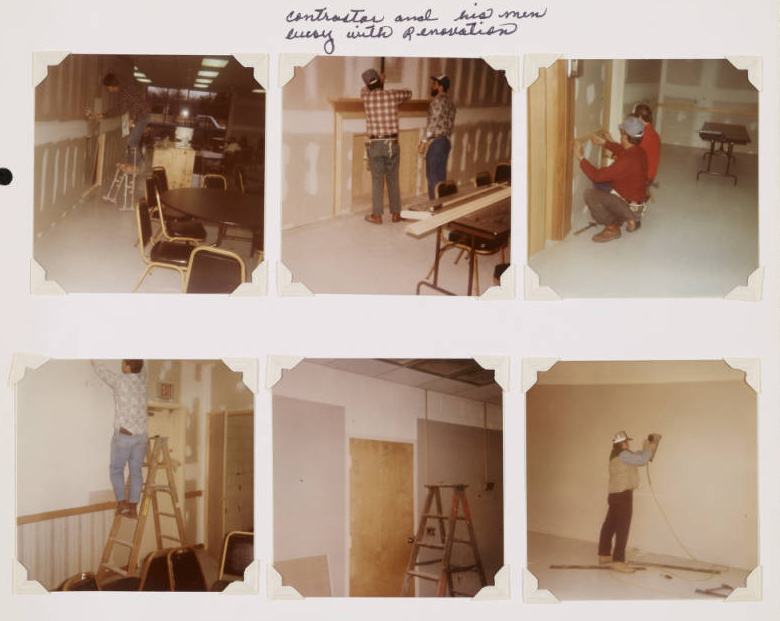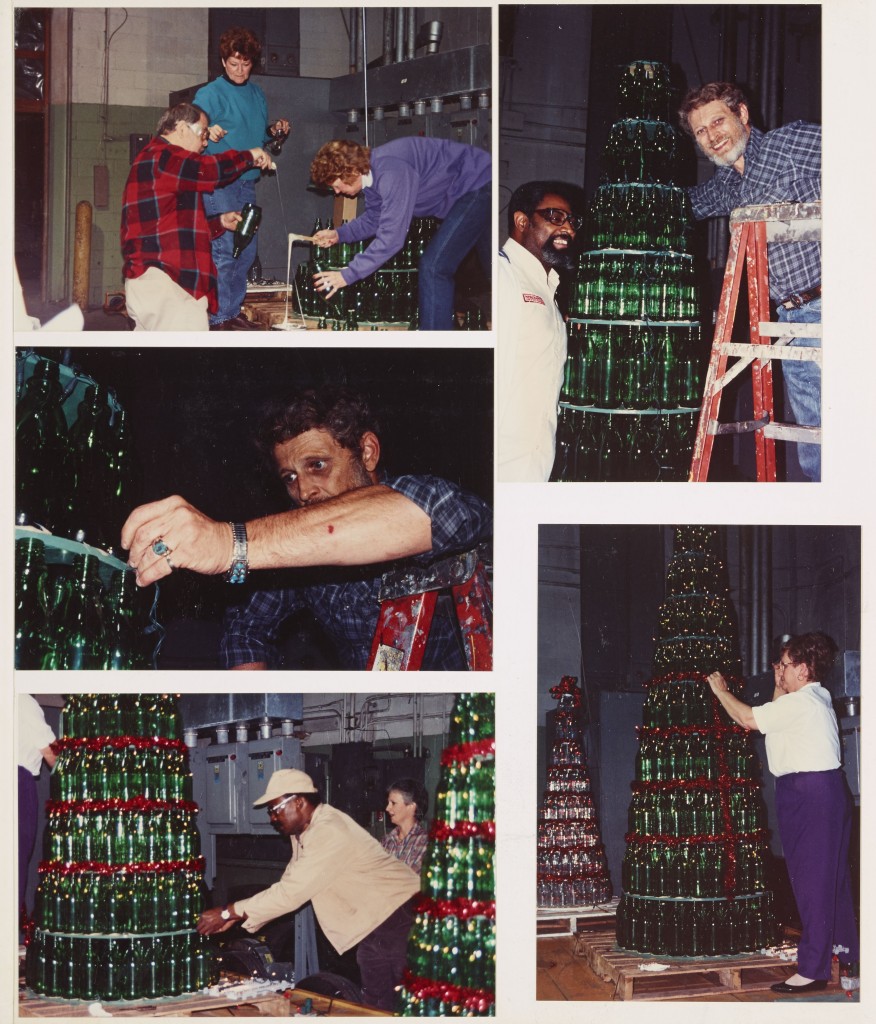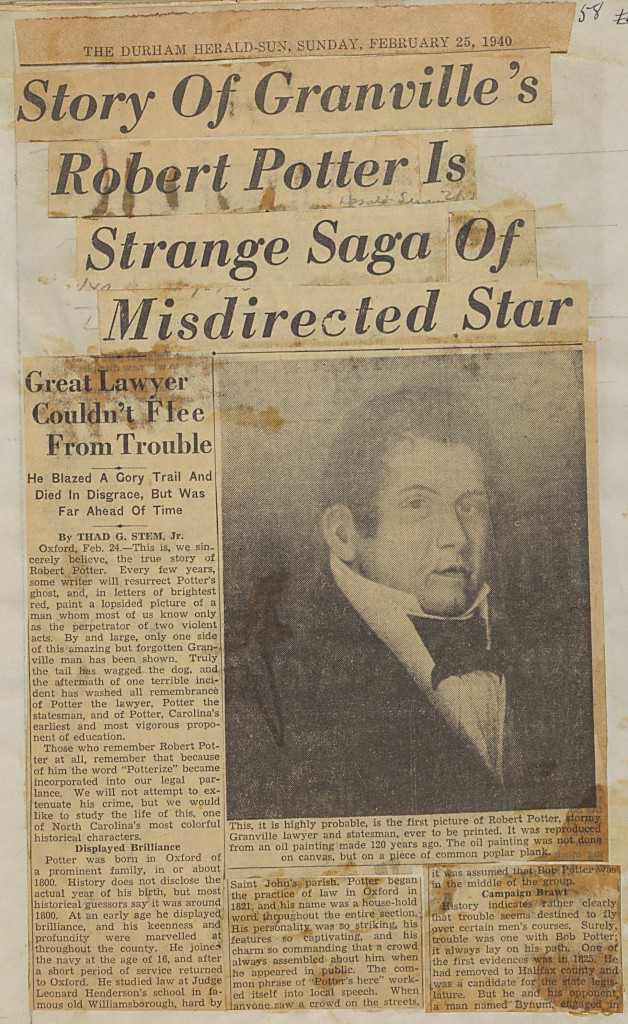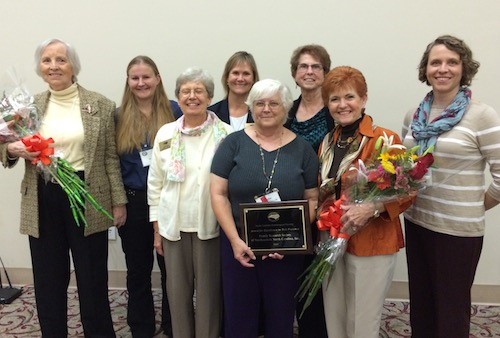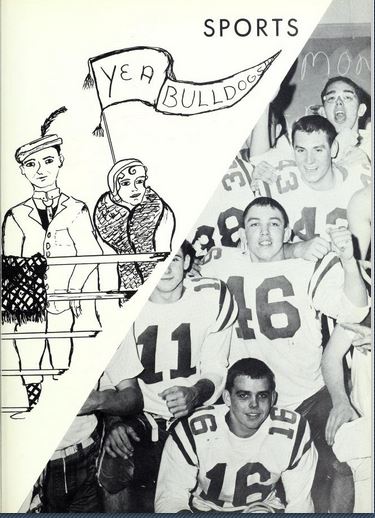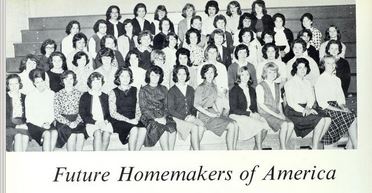
First “Moonlight School” Opens in Wake County, Danbury Reporter, October 6, 1915
In the early 20th century, at least 1 in 10 North Carolinians wouldn’t have been able to read this blog post (had it been printed out, of course). Estimates from the 1910 census suggest that 140 out of every 1000 white males were illiterate; numbers were less accurate for women and African Americans, but illiteracy rates were probably higher among those populations. James Y. Joyner, the State Superintendent of Public Instruction at the time, called it a duty of the state to improve the lot of these “grown-up children.”
Adopting a model used in Kentucky, North Carolina began holding “Moonlight Schools” to educate adults who were unable to write or read English. Moonlight schools were held in the evenings so working adults could attend. They operated throughout the state and relied on volunteering teachers, university students, and local civics clubs. The article to the right, from the October 6, 1915 issue of the Danbury Reporter, describes the opening of the first moonlight school in Wake County.
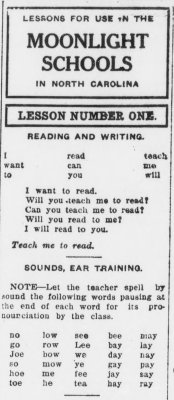
Lessons for use in the Moonlight Schools in North Carolina, The Courier (Asheboro), November 4, 1915
In October 1915, North Carolina newspapers carried articles describing Governor Craig’s proclamation of November 1915 as “Moonlight School Month.” Throughout that month papers shared sample lessons in not only reading and writing but also basic arithmetic and general knowledge. As public sentiment gathered behind the movement, local papers reported on their counties’ efforts in eradicating illiteracy: “Illiteracy doomed in Transylvania,” “The Moonlight School will Enable You to Be Master of Your Own Fate.” Articles talking about the diligence and appreciation of both the students and teachers were also common.
November 1915 saw over 10,000 adults enrolled in moonlight schools across North Carolina (Report of Director, Schools for Illiterates, of 1918-1919 and 1919-1920). While volunteer support waned in the years immediately following, the need was still dire and, in 1919, the schools were incorporated into the public school system with funds specifically earmarked by the state legislature. Over 8,000 adults were enrolled in moonlight schools in 1919-1920 (almost equally split between white and Black students).
After Joyner turned over his position as State Superintendent of Public Instruction to E. C. Brooks, the term “moonlight school” is no longer found in the official reports coming from that office. Instead, the report from 1920-1922 discusses “classes for adult beginners,” which were held in over 50 counties. The term gradually transitioned to “adult education,” although we’re unsure why “moonlight school” fell out of favor. This article from The Pilot newspaper in 1938 describes the waxing and waning of interest in promoting adult education throughout the early 20th century. It also describes how the WPA had taken up the cause, cleverly zeroing in on identifying those who signed their drivers licenses with a simple cross mark.
You can learn even more about moonlight schools by browsing through related articles in the newspapers collection on DigitalNC.

